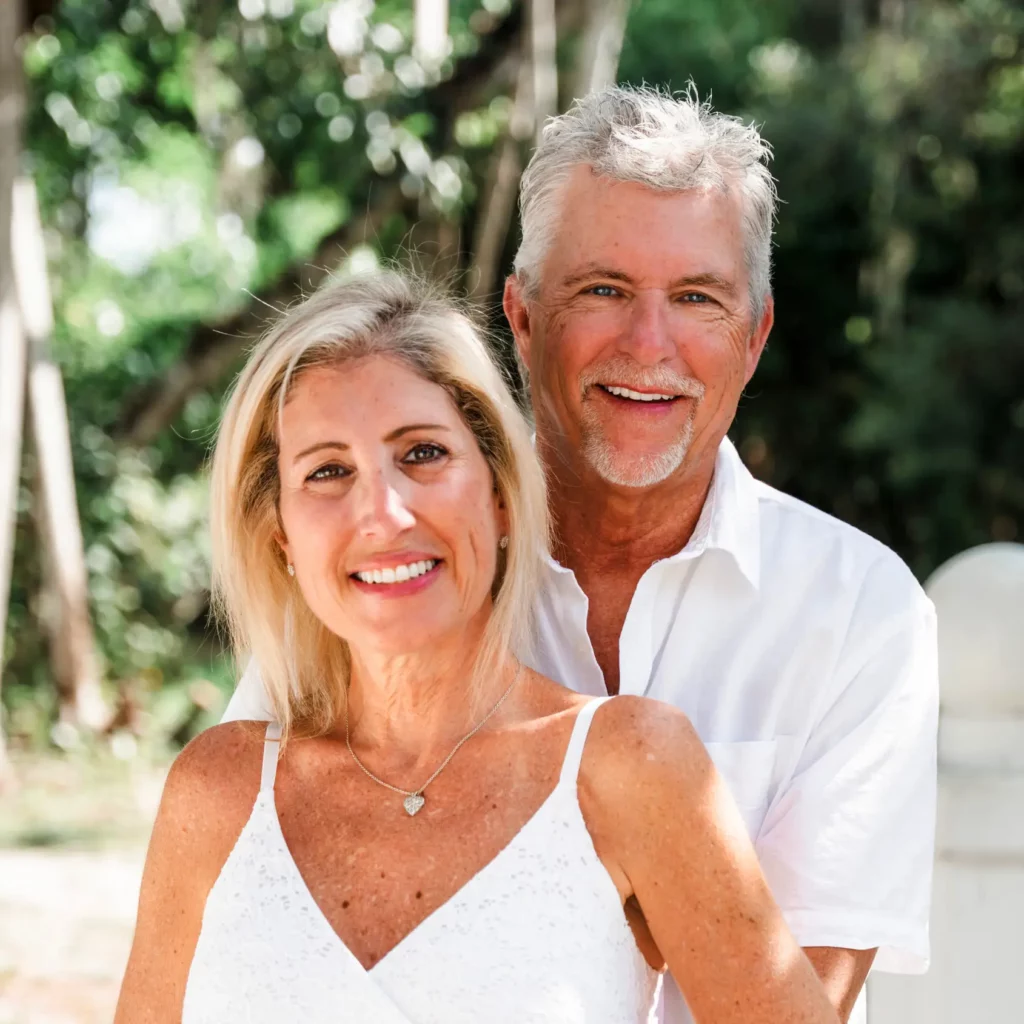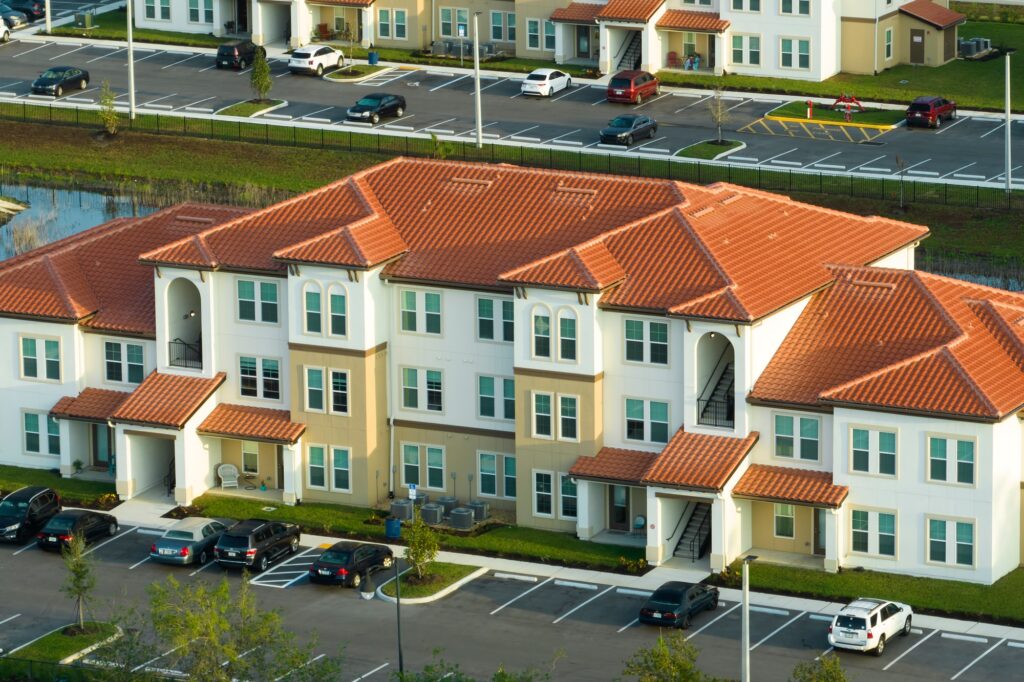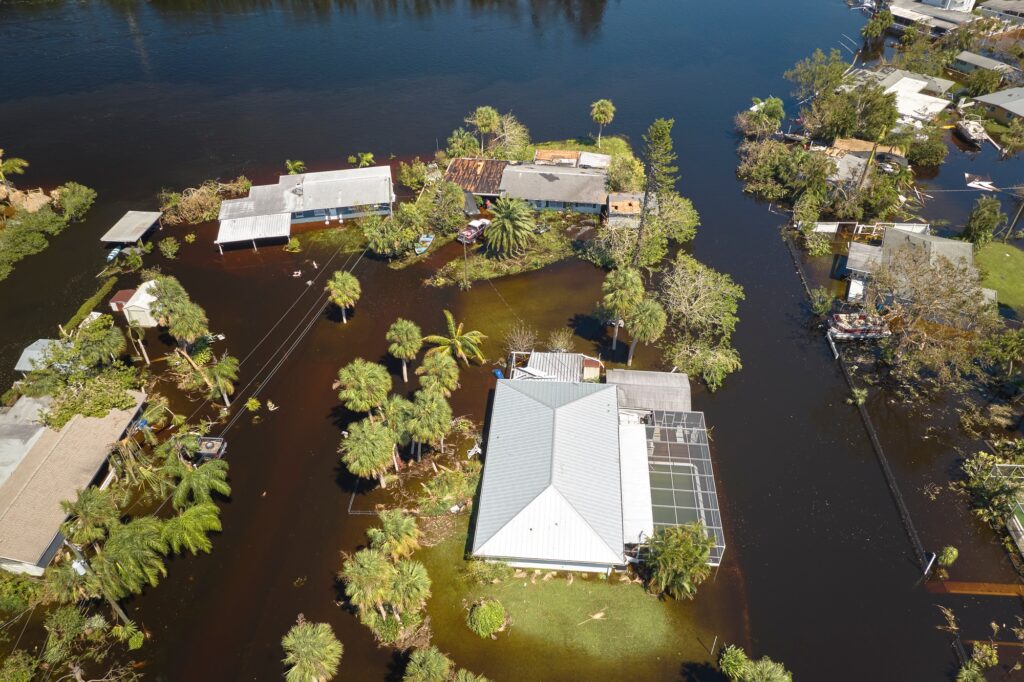Florida’s climate is unique, but it comes with serious risks for homeowners. From powerful hurricanes to frequent flooding, the natural environment can lead to major damages. These challenges are making it harder—and more expensive—to insure homes in the Sunshine State. Understanding how these factors impact your home insurance is key, especially here in Fort Myers, where severe weather is a regular concern.
Florida’s Climate Challenges and How They Impact Homeowners
The Role of Florida’s Geography
Florida’s geography plays a big role in shaping the risks homeowners face. The state is surrounded by roughly 1,350 miles of coastline. This means many homes are close to the water, which increases the chance of flooding and storm damage. Fort Myers, located near the Gulf of Mexico, is especially exposed to these risks.
Being on a peninsula, Florida is also more vulnerable to hurricanes that form in both the Gulf of Mexico and the Atlantic Ocean. Storms often move inland, bringing heavy rains and high winds that can damage homes located miles from the coast.
Elevations across the state tend to be very low. For example, much of Fort Myers sits only a few feet above sea level. This leaves homes in certain areas at a greater risk of flooding from storm surges or rising seas. This unique geography makes it crucial to understand how these risks affect your Florida climate insurance.
Shifting Weather Patterns and Climate Change
Weather patterns across Florida are changing. Homeowners are facing stronger storms, rising seas, and unpredictable rainfall. These changes are tied to global warming and have specific consequences for property owners.
- Hurricanes are getting stronger: Research shows that higher ocean temperatures create more intense storms. Over the last 40 years, hurricanes classified as Category 4 or 5 have become about 25%-30% more frequent.
- Heavy rains are increasing: Studies predict that Florida could see a 20% to 30% increase in extreme downpours by 2100, raising the likelihood of flash floods.
- Sea levels are rising: Florida has seen an average rise of about 8 inches over the past century. Fort Myers, with its low-lying coastline, is seeing higher tides and worsening storm surges.
These shifts create major issues for homeowners. Properties face heightened risks, and these risks directly impact insurance. Florida climate insurance providers are adjusting policies and premiums to keep up with the changing weather, often leaving homeowners with higher costs.
Understanding your local risks, especially in Fort Myers, helps you prepare and protect your home more effectively. This knowledge can also guide you in finding the right insurance options to deal with specific threats like flooding and wind damage.
Major Risks Affecting Florida Homeowners
Hurricanes
Hurricanes are one of the biggest threats to Florida homeowners. Each year, the Atlantic hurricane season brings powerful storms that can cause severe damage. Warmer ocean temperatures increase the frequency and intensity of these storms.
For example, Hurricane Ian, which struck Fort Myers in 2022, caused catastrophic damage across the region. It brought sustained winds of 150 mph and a storm surge of up to 15 feet in some areas. The storm caused over $113 billion in damages, making it one of the costliest hurricanes in U.S. history.
Hurricanes don’t just tear apart roofs or flood homes; they have long-term effects on your Florida climate insurance. Higher risks from hurricanes lead to increased premiums, and some insurers may even refuse to cover hurricane-prone areas like Fort Myers.
Flooding and Storm Surge
Flooding is another major risk for Florida homeowners. Rising sea levels and heavy rains make floods a common issue. Florida accounts for 53% of all FEMA flood claims nationwide. Fort Myers, with its proximity to the Gulf of Mexico and flood-prone rivers, is particularly at risk.
Storm surges are especially dangerous. These are walls of water pushed ashore by hurricanes or strong storms. During Hurricane Ian, storm surges in some Fort Myers neighborhoods rose above 12 feet, causing extensive flooding. Even homes outside of FEMA’s high-risk flood zones have been affected.
Because of this, many standard home insurance policies don’t cover flooding. Homeowners need separate flood insurance to stay protected. This makes understanding Florida climate insurance even more critical—knowing your policy ensures you’re ready for unexpected flooding.
Wind and Hail Damage
Wind-related damage is also a common issue. Hurricanes, tropical storms, and even regular thunderstorms can produce strong winds that damage roofs, siding, and windows. Fort Myers homes often face wind speeds over 100 mph during hurricanes, which can strip shingles and send debris flying.
Hail might not be as frequent, but it can still cause costly damage. Large hailstones can crack windows, dent roofs, and destroy outdoor equipment. While hail events are less common in Florida compared to other states, they aren’t unheard of during severe weather.
Florida climate insurance usually includes wind coverage, but policies often have hurricane-specific deductibles that homeowners should understand to calculate their costs.
Rising Sea Levels
Rising sea levels are a long-term challenge for Florida homeowners. Over the past 100 years, sea levels in South Florida have risen by 8 to 9 inches. Projections estimate they could rise by another 10 to 17 inches by 2040.
For Fort Myers, this means homes near the water are more vulnerable than ever. Rising seas make storm surges more destructive, cause more frequent tidal flooding, and may lower property values over time. Flood-prone areas also become harder to insure as risks increase.
Florida climate insurance premiums reflect these growing concerns. To protect your home, it’s important to prepare for sea-level rise by investing in flood-resistant measures and reevaluating your insurance needs.
These major risks emphasize the need for homeowners in Fort Myers to stay proactive. The reality of hurricanes, flooding, high winds, and sea-level rise highlights why having the right insurance is so essential.
How These Risks Affect Home Insurance in Florida
Higher Premiums and Deductibles
Florida homeowners pay some of the highest insurance premiums in the country. This isn’t surprising given the risks. Hurricanes, flooding, and wind damage all drive up insurance costs.
- The average home insurance premium in Florida is $4,231 per year. That’s nearly three times the national average of $1,544.
- Specific areas, like Fort Myers, may see even higher rates because of their increased exposure to hurricanes and floods.
Insurance companies raise rates to cover the significant costs of claims after storms. For example, Hurricane Ian alone generated over $50 billion in insured losses. Homeowners also face hurricane deductibles, which are usually higher than standard deductibles. These are often calculated as a percentage of your home’s insured value, typically 2-5%.
Florida climate insurance is shaped by these numbers. They highlight the growing financial burden placed on homeowners.
Limited Coverage and Exclusions
Another challenge for homeowners is that standard policies often exclude coverage for specific risks. Flooding, for instance, is not typically included in a standard home insurance policy. Homeowners must purchase separate flood insurance through private insurers or the National Flood Insurance Program (NFIP).
Hurricane coverage is also increasingly limited. Insurers include stricter terms and conditions in their policies, so some damages may not be fully covered. For example, if your roof isn’t up to current building codes, a claim might be denied.
Understanding the fine print in your Florida climate insurance policy is crucial. Thoroughly reviewing what’s covered and what’s excluded can save money and frustration.
Insurer Withdrawals from the Market
One of the growing issues in Florida is the shrinking number of insurance providers. Over a dozen insurers have gone bankrupt or left the state since 2020. This is often due to the high cost of hurricane claims and a surge in litigation related to insurance disputes. Fort Myers and other high-risk areas are especially affected by these market changes.
When insurers pull out, homeowners have fewer options. Many are forced to rely on Florida’s insurer of last resort, Citizens Property Insurance Corporation. While Citizens provides coverage, its policies can be more expensive and offer less flexibility.
These changes show how climate challenges directly affect the availability and affordability of Florida climate insurance. Homeowners should act quickly to secure coverage with reputable insurers before risks drive more companies out of the market.
Adapting to the Challenges as a Homeowner
Understanding Your Coverage
The first step in protecting your home is understanding your current insurance policy. Many homeowners assume that their standard policy covers everything, but that’s often not the case.
- Standard policies usually cover wind damage but don’t include flooding. Separate flood insurance is required for this.
- Hurricane deductibles can be higher than those for other damages. These typically range from 2-5% of your home’s insured value.
Take the time to read your policy carefully. Look for exclusions, especially for hurricane and flood damage. If you’re unsure, speak with your agent to clarify. Knowing exactly what your Florida climate insurance covers is the key to avoiding surprises when filing a claim.
Adding Specialized Coverage
Given the climate risks, many Fort Myers homeowners need extra coverage. Two of the most important additions are flood insurance and policies tailored for hurricane damage.
- Flood Insurance:
- The NFIP reports that just one inch of water can cause up to $25,000 in damage.
- Even homes outside high-risk flood zones can experience flooding, as seen during Hurricane Ian.
Protect your home by purchasing flood insurance, even if it’s not required by your lender.
- Hurricane Coverage:
- Understand how hurricane deductibles work and plan for the higher out-of-pocket costs.
- Some insurers offer endorsements for specific storm-related damages, such as wind-driven rain, that aren’t always included in base policies.
Adding these coverages to your Florida climate insurance ensures that you’re prepared for the worst.
Strengthening Your Home to Reduce Risks
Investing in home improvements can reduce the chances of severe storm damage. Many of these upgrades may also lower insurance premiums through wind mitigation discounts.
Here are steps you can take to protect your home in Fort Myers from high winds and flooding:
- Install storm shutters or impact-resistant windows to protect glass from flying debris.
- Reinforce your roof with strong fasteners or hurricane straps for added security. A well-secured roof is less likely to peel off during a storm.
- Elevate critical components like electrical outlets, HVAC systems, and appliances in flood-prone areas.
- Consider flood barriers or foundation improvements if your home is in a low-lying location.
These upgrades not only protect your property but also demonstrate to insurers that you’re proactive, potentially lowering your Florida climate insurance costs.
Shopping Around for the Right Policy
Not all insurance policies are created equal. Shopping around can help you find better coverage at an affordable price. Follow these steps to get started:
- Compare quotes from multiple insurers. Look for a balance between price and comprehensive coverage.
- Work with local agents who understand Fort Myers’ specific risks. They can recommend policies tailored to your needs.
- Ask about discounts for wind mitigation and other home upgrades.
Don’t wait until the next hurricane season to assess your options. Finding the right Florida climate insurance policy today can save you time, money, and stress down the road.
By taking these actions, Fort Myers homeowners can be better prepared for the climate and its challenges. Adapting proactively is the best way to protect your home and your wallet.
Future Trends in Florida Home Insurance
The Role of Technology
Technology is quickly changing how insurance companies assess risks and offer coverage. For Florida homeowners, these advancements could bring big improvements to the insurance experience.
- AI and Data Modeling:
Insurers are now using artificial intelligence to predict weather risks more accurately. For example, they can analyze decades of storm data to predict which areas are most at risk for flooding or hurricane damage. This helps companies price policies more fairly and provides homeowners with transparent information about their Florida climate insurance rates.
- Smart Home Devices:
Smart home technology is growing in popularity, and it’s also becoming a factor in insurance. Devices such as flood sensors, wind monitors, and smart thermostats can help lower risks. Some insurers even offer discounts to homeowners who install these devices.
- Satellite and Drone Inspections:
Instead of physical inspections, companies now use drones or satellite imagery to assess roof damage or pre-existing risks. This trend makes it easier and quicker to process claims after storms hit Fort Myers.
These advancements provide more options and insights to homeowners. While technology won’t remove risks, it might make Florida climate insurance more efficient and better tailored to specific properties.
Potential Policy Changes
Florida’s insurance market is in a state of flux. Several policy changes could reshape how climate-related risks are handled in the coming years.
- Government Intervention:
To stabilize the market, government programs may expand to cover more high-risk homeowners. Citizens Property Insurance, Florida’s public insurer, is already playing a big role in insuring areas like Fort Myers. Future state-level subsidies for homeowners could help reduce premium spikes caused by climate risks.
- Stricter Building Codes:
Fort Myers and other coastal cities may see tougher building codes to make homes more storm-resistant. While this could mean higher upfront costs for new construction, it would lower the risks of damage and insurance claims over time.
- Private Models for Flood Insurance:
With flooding becoming more common, private flood insurance options are increasing. These policies often offer broader coverage than NFIP plans and may become the go-to choice for high-risk areas.
- Climate Risk Mandates:
States like Florida might implement requirements for insurers to factor in the long-term effects of rising sea levels or frequent hurricanes when pricing policies. This could make rates more reflective of actual risk but could also increase premiums for areas like Fort Myers.
Keeping an eye on these trends is essential for homeowners. The future of Florida climate insurance is evolving, and staying informed will help ensure your home is protected as policies and technology continue to adapt.
Florida’s unique climate brings challenges like hurricanes, flooding, and rising sea levels. These risks make owning a home in areas like Fort Myers more demanding. They also increase insurance costs and limit coverage options. Understanding your policy, adding specialized coverage, and strengthening your home can make a big difference. Technology and future policy changes may help, but staying informed is key. Protect your home and your investment. Contact our team today for personalized advice or a free insurance quote.







